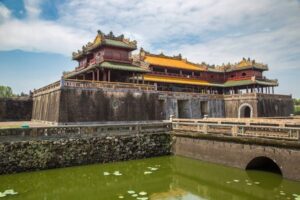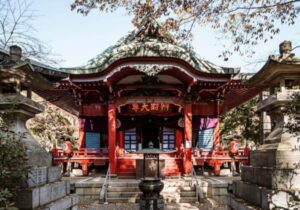The Travel Blog
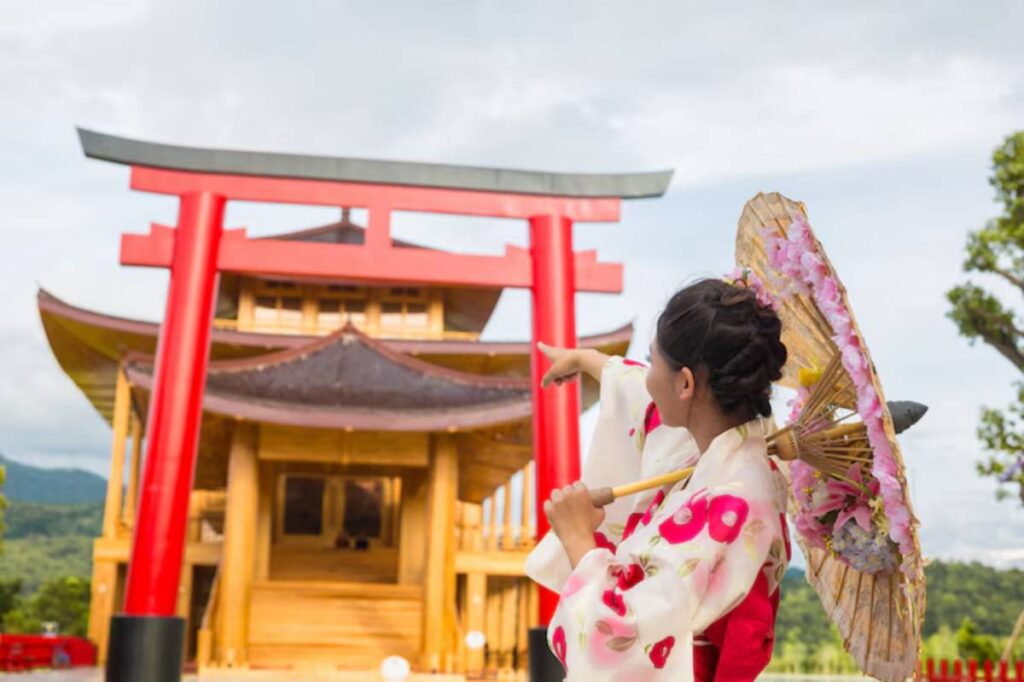
Koyasan, Japan: Temple Stays and Monastic Life
A Journey Inward, Not Just Outward
Imagine waking to the gentle clang of a temple bell, slipping into simple robes, and joining monks in silent meditation before the first rays of sunlight hit ancient cedar trees. Welcome to Koyasan, Japan — a spiritual sanctuary where time seems to pause and every moment invites reflection.
Far from the neon-lit chaos of Tokyo or Osaka, Koyasan offers a different kind of Japanese experience. It’s not about sightseeing; it’s about soul-searching. Here, nestled in the lush Kii Mountains, you can stay in historic temples, eat like a monk, and reconnect with what truly matters.
This guide will walk you through the magic of Koyasan’s temple lodging experience, explore the rhythm of monastic life, and offer practical insights to help you plan your own spiritual retreat in one of Asia’s most revered spiritual destinations.
What Makes Koyasan So Special?
Founded in the 9th century by Kobo Daishi, the revered monk who brought Shingon Buddhism to Japan, Koyasan is the spiritual heart of esoteric Buddhism in the country. The entire mountaintop town is considered sacred.
Highlights of Koyasan:
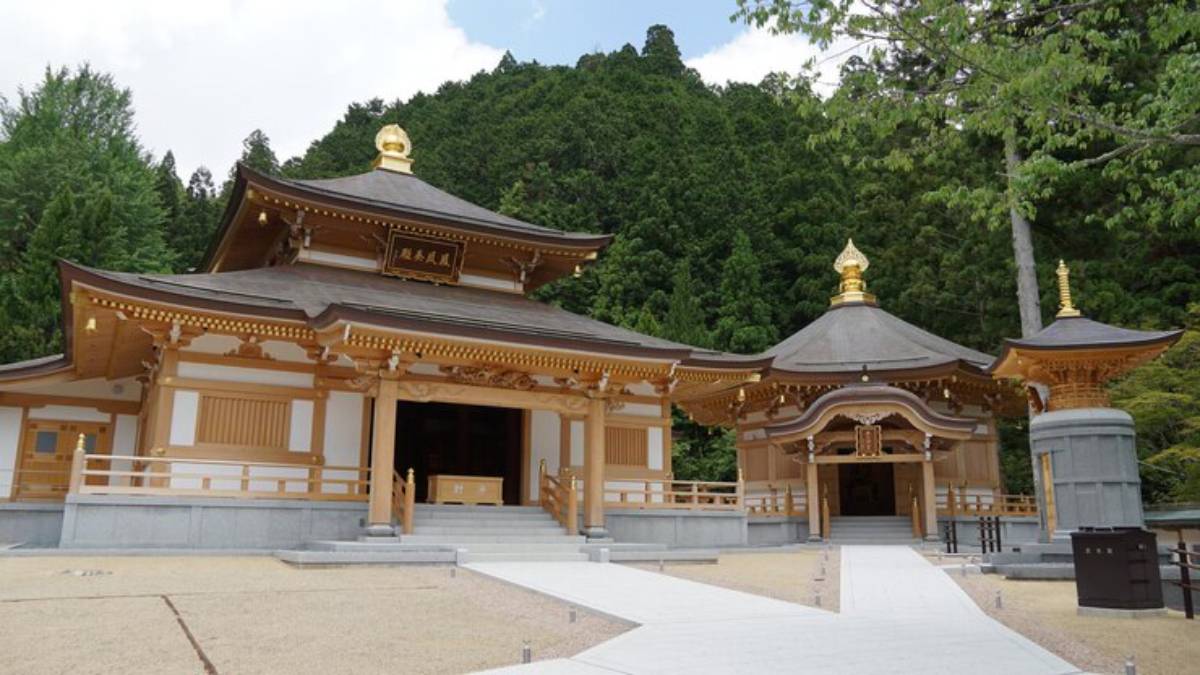
- Over 100 functioning temples
- UNESCO World Heritage designation
- Opportunities to stay in temple lodgings (shukubo)
- Daily rituals open to guests, including meditation and fire ceremonies
- Access to Okunoin, Japan’s largest and most sacred cemetery
Whether you’re spiritual, curious, or just in need of quiet, Koyasan welcomes you.
Temple Lodging: More Than Just a Place to Sleep
What Is a Shukubo?
A shukubo is a temple that offers accommodation to guests. Originally meant for pilgrims, they now open their doors to all respectful travellers.
What to Expect:
- Tatami mat rooms with futons
- Vegetarian meals (shojin ryori)
- Early morning meditation or chanting sessions
- A peaceful, digital-detox atmosphere
Some temples are rustic and traditional, while others blend modern comforts with centuries-old architecture.
Top Temples Offering Lodging
- Eko-in : Known for its welcoming monks and English-speaking staff
- Kongo Sanmaiin : Offers a very traditional experience
- Fukuchi-in : Has an onsen (hot spring bath!)
Planning to explore spiritual hideaways? Don’t miss Tawang, India: Monasteries Amidst the Himalayas — another peaceful retreat in the clouds.
Living the Monastic Routine
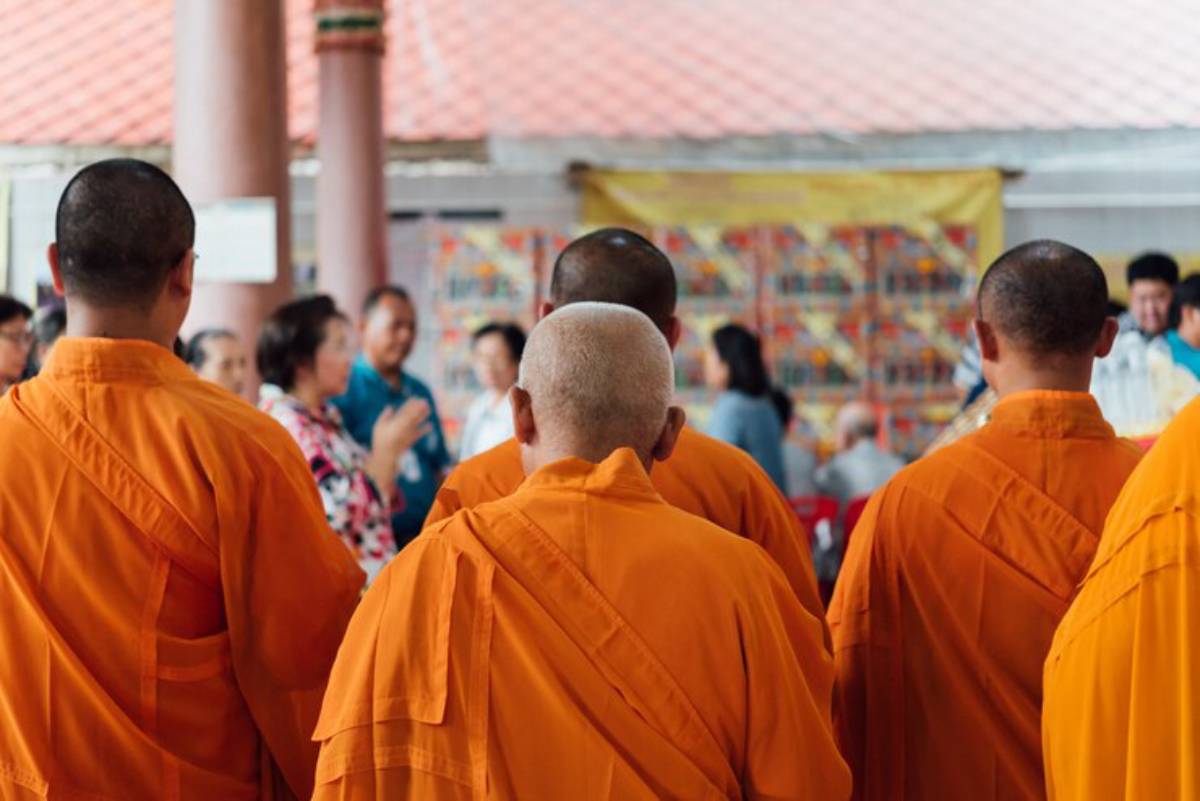
Early Mornings and Meditative Rhythms
Monk life starts before sunrise. Guests are invited to join:
- Morning prayers (Gongyo)
- Ajikan meditation (focused on the letter “A” in Sanskrit)
- Fire rituals (Goma), which are deeply symbolic and energising
You don’t need prior experience. Just come with an open mind and respectful presence.
The Art of Eating: Shojin Ryori
This Buddhist cuisine is entirely plant-based, rooted in simplicity and mindfulness.
Expect:
- Seasonal vegetables
- Tofu and konjac
- Pickles, rice, and miso soup
- Beautiful presentation, served in lacquerware
Eating becomes more than nourishment — it’s a meditative practice in gratitude.
Exploring Koyasan: Sacred Spots and Serene Walks
Okunoin Cemetery
Wander through a sea of moss-covered tombstones, towering cedars, and flickering lanterns. The path leads to Kobo Daishi’s mausoleum, believed to be the site of his eternal meditation.
Hack: Visit at night with a local guide — the silence and atmosphere are unforgettable.
Danjo Garan
The central temple complex has striking vermilion pagodas and halls. It’s a vibrant space where rituals and architecture speak volumes.
Kongobuji Temple
The headquarters of Shingon Buddhism features beautiful rock gardens and historical screens.
When to Visit Koyasan
- Spring (April–May) : Cherry blossoms and fresh mountain air
- Autumn (October–November) : Fiery maple leaves and golden light
- Winter : Snow transforms the temples into serene wonderlands
Avoid : Obon week (mid-August) unless you’re prepared for large crowds
How to Get to Koyasan
- From Osaka:
- Take the Nankai Line from Namba to Gokurakubashi
- Switch to the cable car up the mountain
- Use the local bus or walk to your temple
- Travel Tips:
- Buy a Koyasan World Heritage Ticket for discounts and smooth transfers
- Pack light — narrow temple paths aren’t suitcase-friendly
Responsible Travel in Koyasan
Being a sacred site, Koyasan requires mindfulness and respect.
Dos and Don’ts:
- Do dress modestly and follow temple etiquette
- Don’t take photos during ceremonies
- Do keep voices low in public spaces
- Don’t leave food waste behind
Your actions should reflect gratitude for the space you’re in.
A Personal Glimpse: One Traveller’s Reflections
“I arrived exhausted from weeks of travel. But two nights at Eko-in reset everything. I meditated in silence, shared meals with strangers-turned-friends, and watched my thoughts slow down. It wasn’t just a stay — it was a transformation.”
Koyasan doesn’t shout for your attention. It whispers softly but deeply.
A Walk Through Time: Koyasan’s Pilgrimage Trails
While many visitors arrive in Koyasan via train and cable car, few realise that this sacred site was traditionally reached on foot. Pilgrims have walked the Choishi Michi trail for centuries — a 24-kilometre path marked by 180 granite pillars (choishi) leading from Jison-in Temple in Kudoyama all the way to the sacred heart of Koyasan.
Why You Should Try It:
- Physical and spiritual journey : Walking the trail is not just exercise — it’s a meditative experience through forests, over gentle ridges, and past moss-covered shrines.
- Cultural immersion : You’ll pass tea houses, prayer spots, and quiet clearings that give you a deeper appreciation of the landscape.
- Photo-worthy moments : Expect filtered light through towering cedars, glimpses of temple rooftops, and the slow reveal of Koyasan’s gateways.
Tips for the Trail :
- Allow 6–7 hours for a comfortable walk with breaks.
- Wear sturdy shoes and bring snacks and water.
- Start early to avoid the heat (in summer) and reach Koyasan before dark.
Whether you walk the full route or just a portion, Choishi Michi offers a grounding counterpoint to the modern rush of travel. It reminds you that the journey, not just the destination, is sacred.
Conclusion: Why Koyasan Is More Than a Destination
Koyasan, Japan, is a call inward. It’s a journey not to be rushed, but to be absorbed with each quiet footstep, each chant echoing through cedar trees, and every bowl of simple soup shared in stillness.
Whether you’re a spiritual seeker, cultural enthusiast, or someone needing space to breathe, temple lodging in Japan offers something rare and meaningful.
Feeling the pull toward peace?
Book a stay, share your journey, or drop a comment about your most memorable spiritual retreat. Let Koyasan be the next step in your path.



